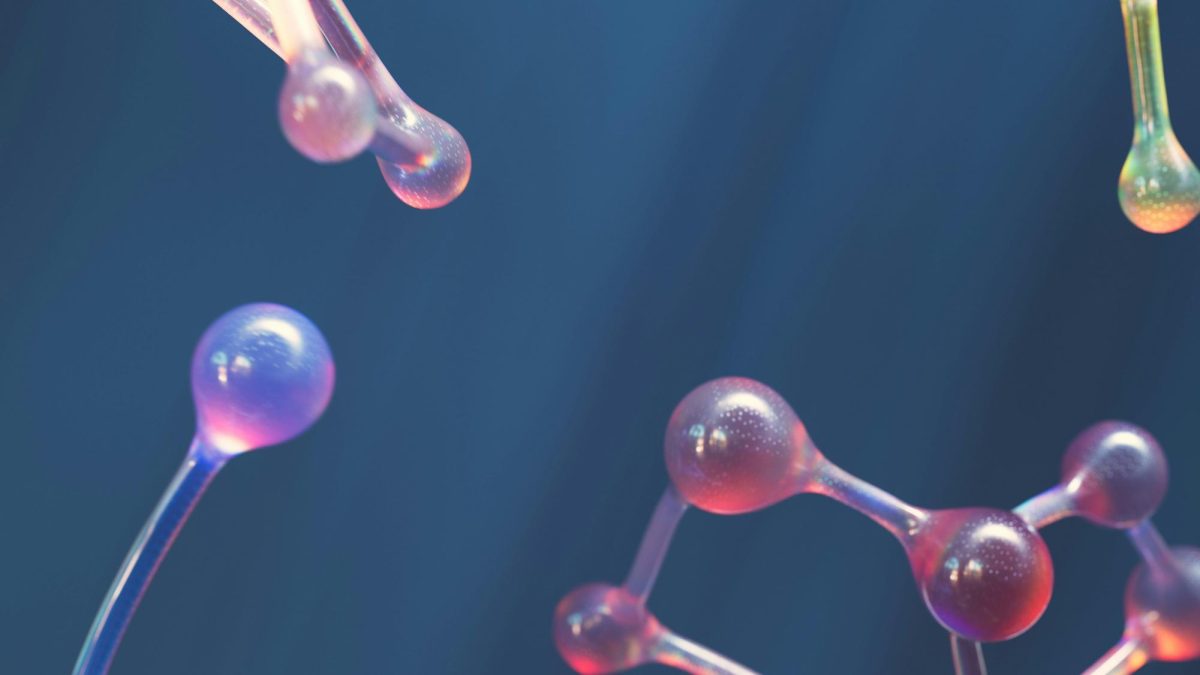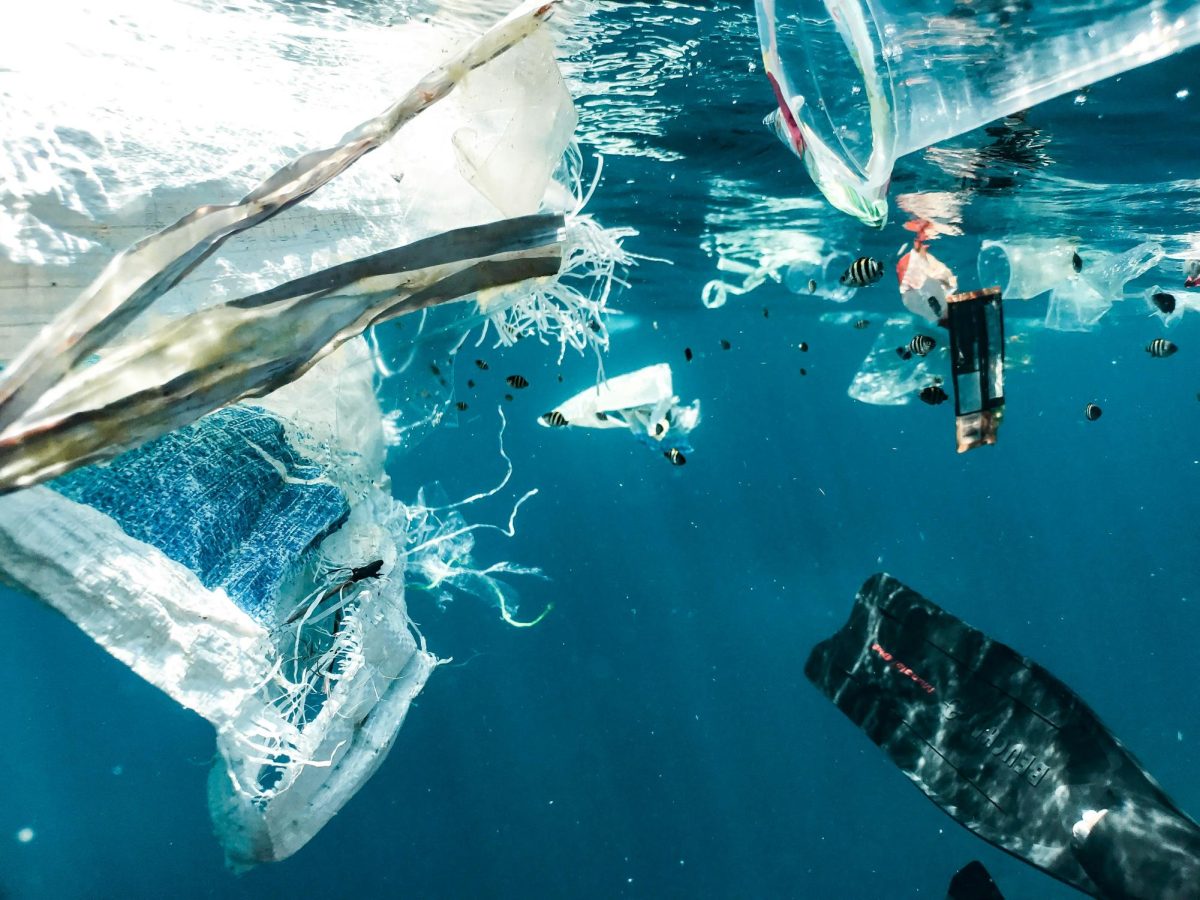Energy, matter, forces: with formulas, calculations and a long line of trial and error, physicists easily understand and explain the world around us. But how does lifeless matter create life? How do chemical reactions create consciousness?
The same way colorful building blocks can be built into anything you can imagine – at least according to Dr. Sara Walker and like-minded experts.
Assembly theory, as it was coined by Leroy Cronin and his colleagues of Glasgow University in 2017, does not look at objects as particles. Instead, it considers all possible ways they could have been formed (or, “assembled”). The theory can be applied both in physics, to understand how particles and molecules form, and in biology, to understand how complex life forms evolve. Applied to life, no chemical or molecule inside our bodies can be viewed as a standalone that appeared instantly. An enzyme is the series of smaller chemical reactions that created it. Dr. Walker and her colleagues studied how many steps exactly this sequence had, or, what the particle’s “assembly index” was. This can be measured by fracturing the particle with a laser and counting its fragments. By doing this, the scientists were able to find an interesting pattern – for molecules made by non-living organisms, the maximum index was 15. Molecules produced by living organisms displayed much higher numbers.
What does this mean? Dr. Walker theorizes there may be a “cutoff point” at that number, and that simple chemical reactions alone don’t make molecules that complex. Something infinitely more systemic and complicated must be in play. This level of self-organization overlaps with the concept of life we already have, as it is able to reproduce, adapt, and develop increasing levels of complexity.
Using these insights, Dr. Walker and Dr. Cronin are planning to use assembly theory to create life in their “origin-of-life engine” lab. Robots will combine inert chemicals until they find a combination that results in a more complex compound. The researchers then hope these new mixtures will be able to further climb up the assembly index – eventually turning into life.






